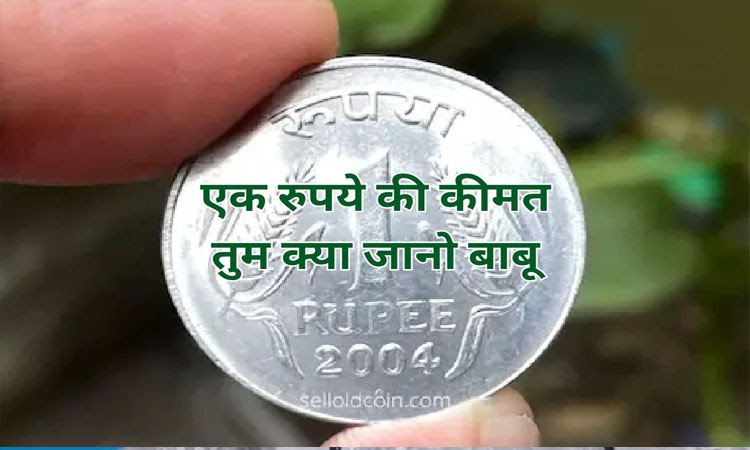The government has to spend Rs 1.11 in making a one rupee coin. This means that the government incurs a loss of about 11 paise on every coin made.
Know the cost of remaining coins also
Not only the 1 rupee coin, the cost of other coins is also not a completely profitable deal for the government.
- 2 rupee coin: Cost Rs 1.28
- 5 rupee coin: Cost Rs 3.69
- 10 rupee coin: Cost Rs 5.54
All these coins are made in the mints of the Government of India, which mainly include the mints of Mumbai and Hyderabad.
What is the structure of 1 rupee coin?
The 1 rupee coin is made of stainless steel. Its weight is 3.76 grams, diameter is 21.93 mm and thickness is 1.45 mm. It is durable and lasts for years. For this reason the government keeps it in operation despite losses.
Printing of notes is a profitable deal
Printing of notes is much more profitable for the government than printing coins. Printing of all coins including Rs 1 note is under the control of the government, while printing of notes ranging from Rs 2 to Rs 500 is the responsibility of RBI.
expenses incurred in printing notes
- Cost of printing 1000 notes of Rs 100: Rs 1770 (1.77 per note)
- 1000 notes of 200 rupees: Rs 2370 (2.37 per note)
- 500 rupees 1000 notes: Rs 2290 (2.29 per note)
This means that it costs only Rs 2.29 to print a Rs 500 note, but its value is Rs 500.
Why are coins minted despite losses?
Although the government incurs losses on some coins, they are still minted. This is because coins last longer and maintain stability in the currency system. Whereas notes have to be changed after a few years. This makes it clear that money creation is not based only on cost, but on the basis of strategic and business thinking.
The shocking mathematics of the currency system
This mathematics of the currency system is certainly shocking, but the thinking behind it is long-term and strategic. Next time you see the Rs 1 coin, you can smile knowing that it has cost the government more than it seems.
